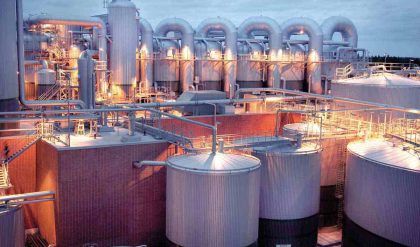1. The Keq (Kc or Kp) values do not depend on the initial concentrations of reactants but depend only on the equilibrium concentration values.
2. When Keq values are greater than unity, the equilibrium is favourable towards product formations and vice-versa.
3. Keq values do not change in presence of catalyst catalyst only speeds up the forward and backward reactions.
4. Temperature changes on the chemical equilibrium changes the Keq values. For exothermic equilibrium reactions increase in temperature, lowers the Keq values and for endothermic equilibrium, increase in temperature increases the Keq values. Generally, when T is raised, the equilibrium shifts in a direction in which heat is absorbed.
5. Pressure changes on gaseous equilibrium alters the Kp values. For dissociation equilibrium, increase in pressure lowers the Kp values, while for association equilibrium (number of product molecules < number of reactant molecules) increase in pressure increases the Kp values. When the number of product and reactant molecules are equal, there is no pressure effect.
Equilibrium constant and equilibrium law
Let us consider a general reaction
A + B – – Kf — > < —Kr— C + D
and let [A], [B], [C] and [D] represent the molar concentrations of A,B,C and D at the equilibrium point. According to the Law of Mass action,
Rate of forward reaction a[A][B] = Kf[A][B]
Rate of forward reaction a[C][D] = Kr[C][D]
where kf and kr are rate constants for the forward and reverse reactions.
At equilibrium, rate of forward reaction = rate of reverse reaction.
Therefore,
kf[A] [B] = kr [C] [D]
kf / kr = [C] [D] / [A] [B]
At any specific temperature kf/kr is a constant since both kf and kr are constants. The ratio kf/kr is called equilibrium constant and is represented by the symbol Kc. The subscript `c’ indicates that the value is in terms of concentration of reactants and products. The equation (1) may be written as
Kf (Equilibrium constant) = [C] [D] (Products concentration) / [A] [B] (Reactants concentrations)
This equation is known as the equilibrium constant expression or equilibrium law. Hence [C], [D] [A] and [B] values are the equilibrium concentrations and are equal to equilibrium concentrations.


Comments are closed.